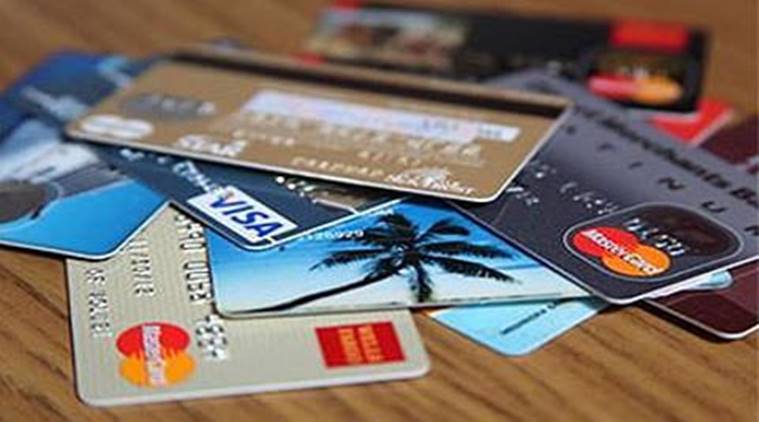A partial authorization is a type of payment authorization in which the cardholder’s bank approves only a portion of the total transaction amount. The remaining amount may be approved at a later time or may be declined by the cardholder’s bank. Partial authorizations are typically used for transactions that involve recurring charges, such as subscriptions or membership fees. They can also be used for large transactions where the cardholder does not have sufficient funds available to cover the entire amount.
When a cardholder’s bank approves a partial authorization, they will typically place a hold on the cardholder’s account for the approved amount. This hold may last for a few days or until the transaction is completed. If the cardholder’s bank does not approve the remaining amount of the transaction, the hold may be released and the cardholder will not be responsible for paying the remaining amount.
What types of cards will partial authorizations occur on?
Partial authorizations can occur on any type of credit or debit card. However, they are more likely to occur on credit cards than debit cards. This is because credit cards typically have higher credit limits than debit cards. Therefore, if a cardholder does not have enough funds available in their account to cover the entire transaction amount, a partial authorization may be approved.
What are the benefits of partial authorizations?
Partial authorizations offer a number of benefits for both cardholders and merchants. For cardholders, partial authorizations allow them to make large purchases even if they do not have enough funds available in their account to cover the entire amount. This can be helpful if a cardholder needs to make an emergency purchase or if they want to spread the cost of a large purchase over time.
For merchants, partial authorizations can help to ensure that they will receive payment for their products or services. This is because the cardholder’s bank has already approved a portion of the transaction amount. Therefore, even if the cardholder’s bank does not approve the remaining amount, the merchant will still receive payment for the portion that was approved.
What are the drawbacks of partial authorizations?
There are a few potential drawbacks of partial authorizations. First, if a cardholder’s bank does not approve the remaining amount of the transaction, the merchant may not receive payment for their products or services.
Second, partial authorizations can sometimes cause confusion for cardholders. This is because the cardholder’s bank may place a hold on the account for the approved amount, even if the merchant does not receive payment for the full transaction. Finally, partial authorizations may not be available for all types of transactions. For example, some restaurants do not allow partial authorizations for dining purchases.
What are the fees associated with partial authorizations?
There are typically no fees associated with partial authorizations. However, if a cardholder’s bank does not approve the remaining amount of the transaction, the merchant may be charged a fee by their processor. This fee is typically a percentage of the transaction amount.
